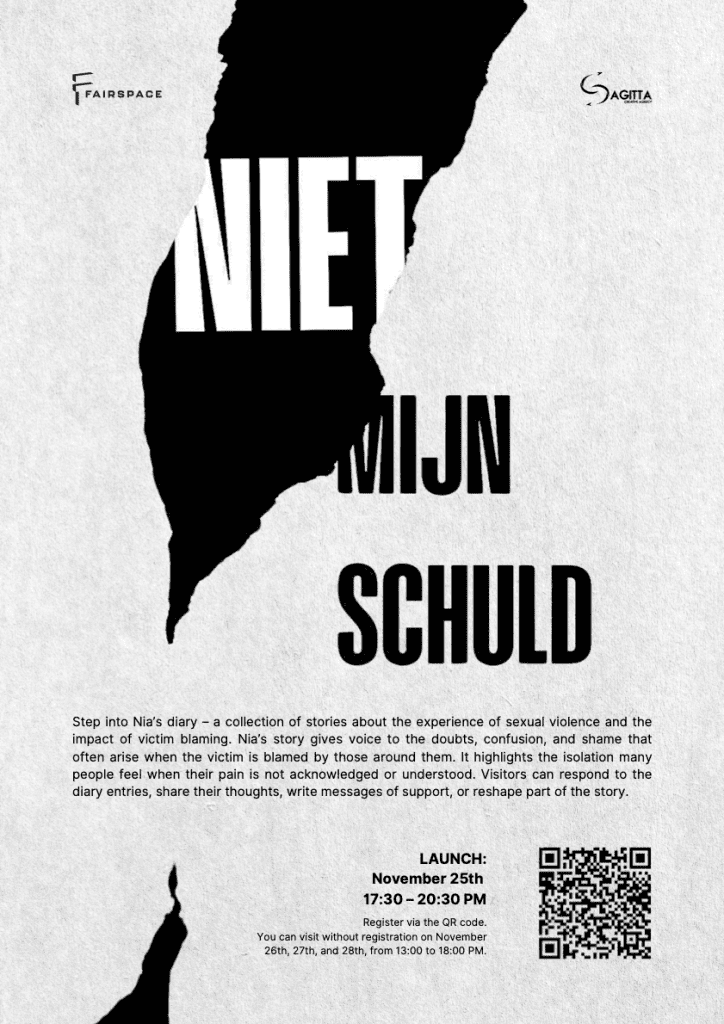Victim blaming is a harmful phenomenon in which responsibility for gender-based violence (GBV) is placed on the victim rather than the perpetrator. As a component of rape culture, it is often seen in cases of sexual assault, harassment, and other forms of GBV, where the victim’s actions, choices, or circumstances are scrutinized and blamed for the violence they endured. It occurs everywhere, from everyday conversations to the media landscape.
By shifting focus away from the perpetrator, victim blaming perpetuates cycles of violence, silences survivors, and allows harmful attitudes to persist. These attitudes create significant barriers to survivors seeking help, as many fear judgment or stigmatization if they come forward.
A psychological need to distance oneself from the reality of violence fuels victim blaming. It reassures individuals with thoughts like, “This could never happen to me because I am not like them.” This mindset perpetuates the “othering” of victims, further enabling GBV and impunity for perpetrators.
To challenge victim blaming, we must reframe the conversation, hold perpetrators accountable, and dismantle the systems that perpetuate harmful narratives. Survivors need support, not judgment.
Victim blaming is one aspect of the larger societal environment of rape culture. It is a culture in which sexual violence and abuse are normalized, played down, and laughed off. It is perpetuated through attitudes, behaviors, and systemic structures that dismiss or minimize the severity of sexual violence.
Examples of rape culture include:
Rape culture not only fosters victim blaming but also creates an environment where survivors feel unsupported and perpetrators are emboldened. It reinforces the idea that survivors are responsible for preventing their own victimization rather than emphasizing societal responsibility to prevent violence and hold offenders accountable.
Media plays a critical role in perpetuating rape culture by normalizing harmful narratives or failing to challenge stereotypes. Share-Net’s Community of Practice developed a knowledge product analyzing GBV representation in Dutch print media to understand these dynamics better. This analysis reveals how language, imagery, and framing in reporting can either reinforce or dismantle rape culture.
Fairspace is taking a powerful stand against victim blaming with its ‘Not My Fault’ exhibit. This art-based initiative actively challenges the harmful narratives surrounding sexual violence and victim blaming. With its multi-sensory messages, the exhibit is a beacon of hope, exploring awareness, accountability, and healing.
Through artistic expression, ‘Not My Fault’ opens space for reflection and dialogue, empowering attendees to confront victim-blaming attitudes and commit to creating safer, more inclusive communities.

🗓️ Dates: 25-28 November
📍 Location: WORM, Rotterdam
⏰ Opening Hours:
– 25th November: 17:30
– 26th-28th November: 13:00 – 18:00
Join us in supporting survivors, challenging stigma, and being part of the solution.